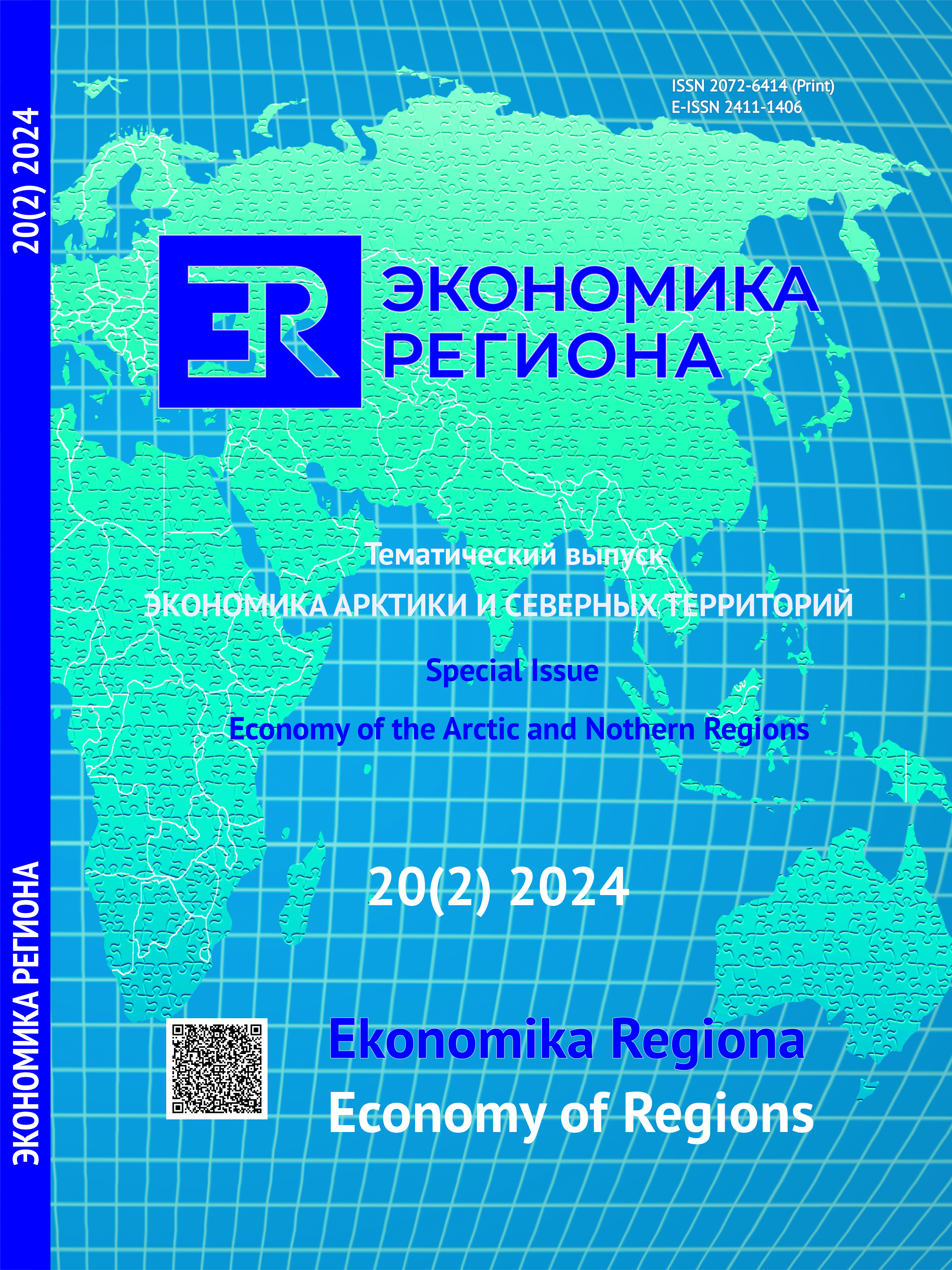Interregional Migration Links of the Regions of the Russian Arctic
DOI:
https://doi.org/10.17059/ekon.reg.2024-2-5Keywords:
migration, migration connectivity, sustainability of migration, localization of the population, Arctic, Russian regionsAbstract
To understand current and predict future migration, it is necessary to consider historical trends in migration connectivity of important Arctic regions with other constituent entities of Russia. The article aims to examine migration links between the Arctic and other regions using data from the All-Russian population censuses and statistics on interregional migration of the Federal State Statistics Service for 2007–2010 and 2017–2021. The conducted analysis revealed a decrease in migration mobility of the population, especially in the Russian Arctic. Eight out of nine Arctic regions are characterised by a negative net migration. To describe population localisation, a three-component model was proposed: centres of gravity, regions with independence of mutual localisation, and regions with normal localisation. This model is valid for all Russian regions; additionally, there is a direct connection between in – and out-migration. Analysis of the variation of localisation coefficients showed that migration flows from the Arctic regions have already formed, and incoming flows are more dynamic. The paper proposed a new approach to measuring the stability of migration flows over time based on assessing the coefficient of variation. The regions of the Russian Arctic were classified according to the stability of migration flows: regions with stable migration flows, with mobile migration flows and with unstable migration flows. Statistical analysis of such stability confirmed their stabilisation during the studied period. A hypothesis about the influence of the remoteness of regions on the stability of migration flows was tested, the dependence was observed only within 2 thousand kilometres between regional capitals. The findings present trends of lifelong and long-term migration between the Arctic and other Russian regions and outline the main strategic management directions in the field of interregional migration.
Downloads
Published
How to Cite
Issue
Section
License
Copyright (c) 2024 Аверьянов Александр Олегович , Ирина Степусь

This work is licensed under a Creative Commons Attribution 4.0 International License.




